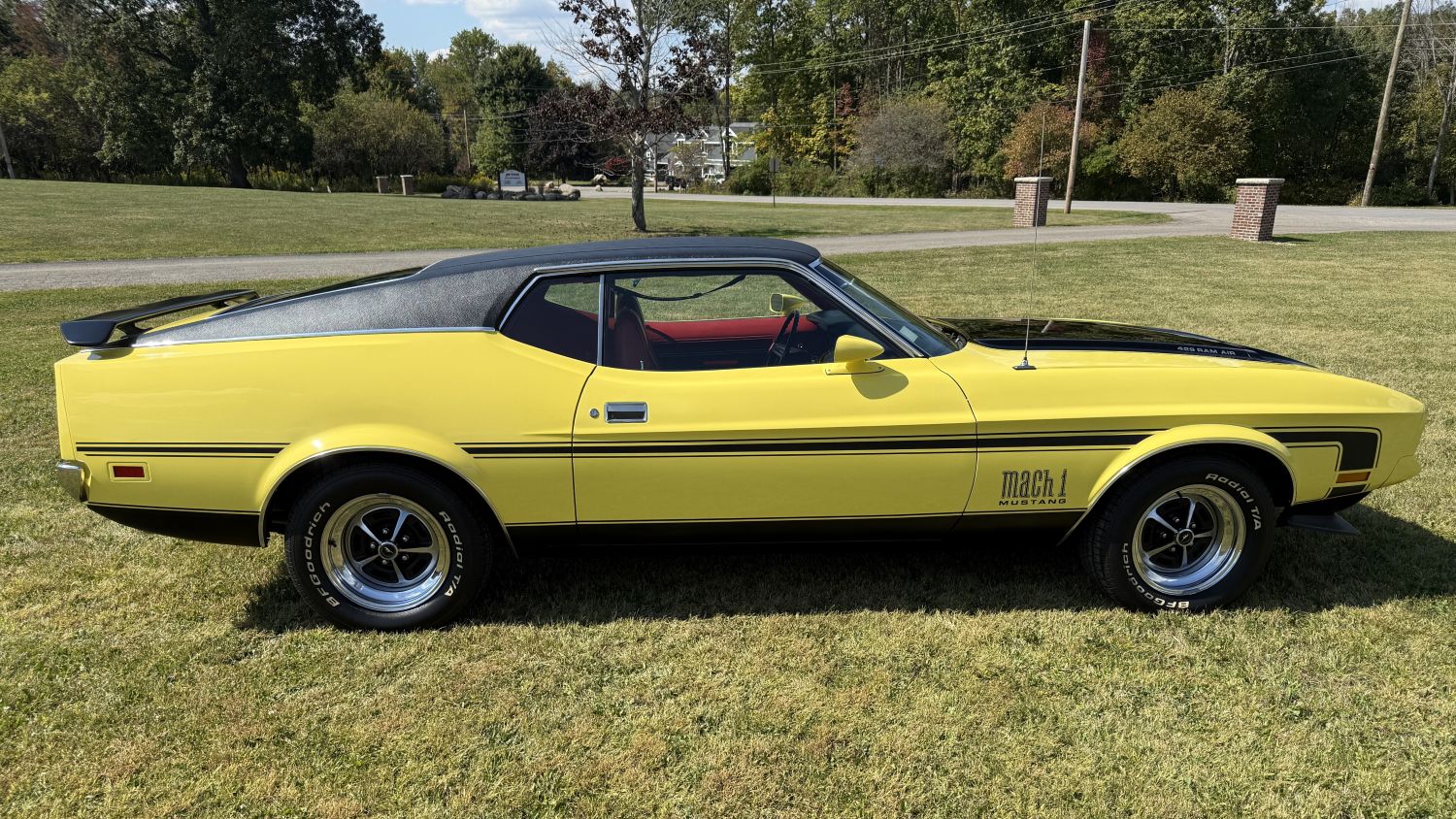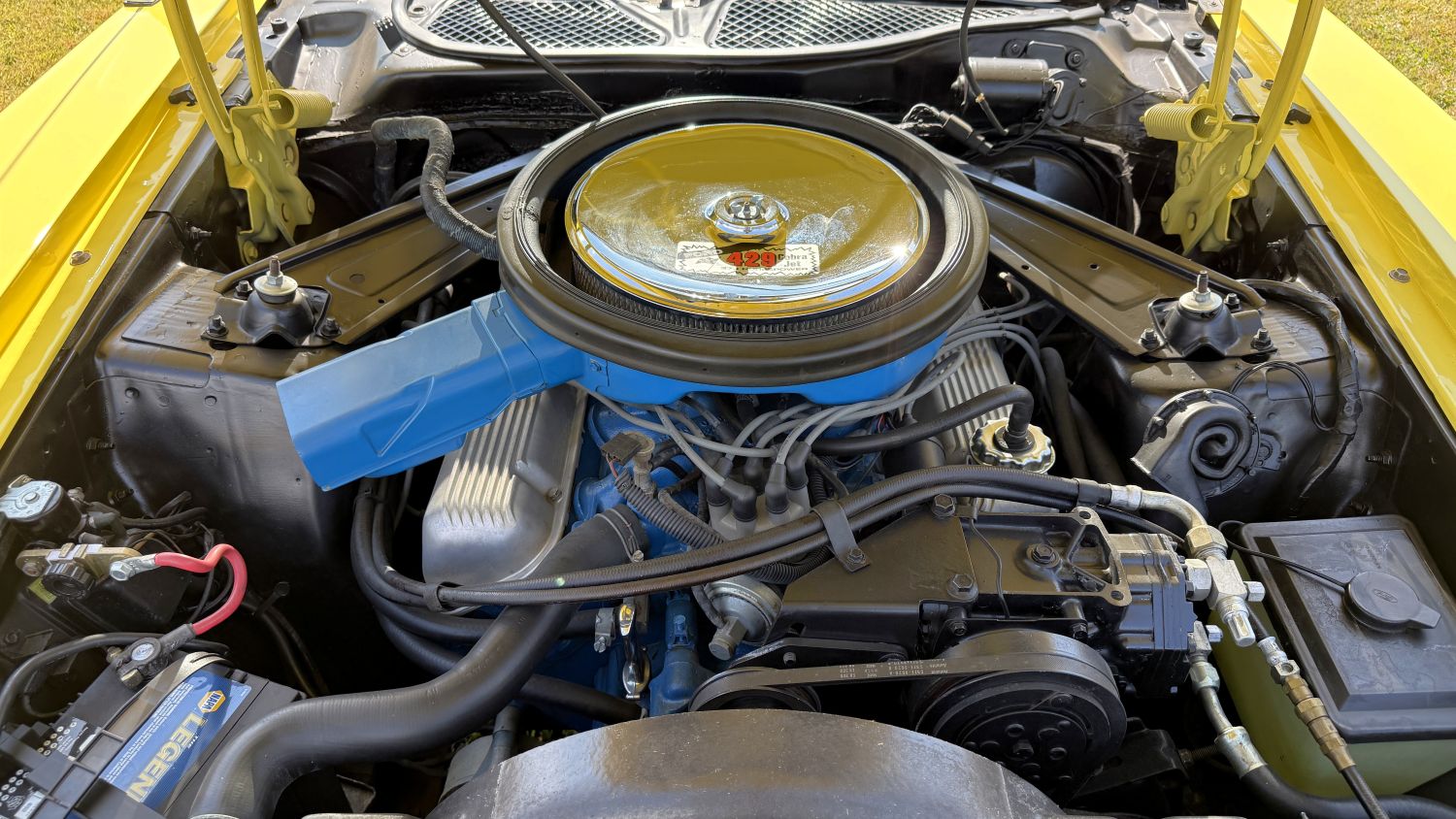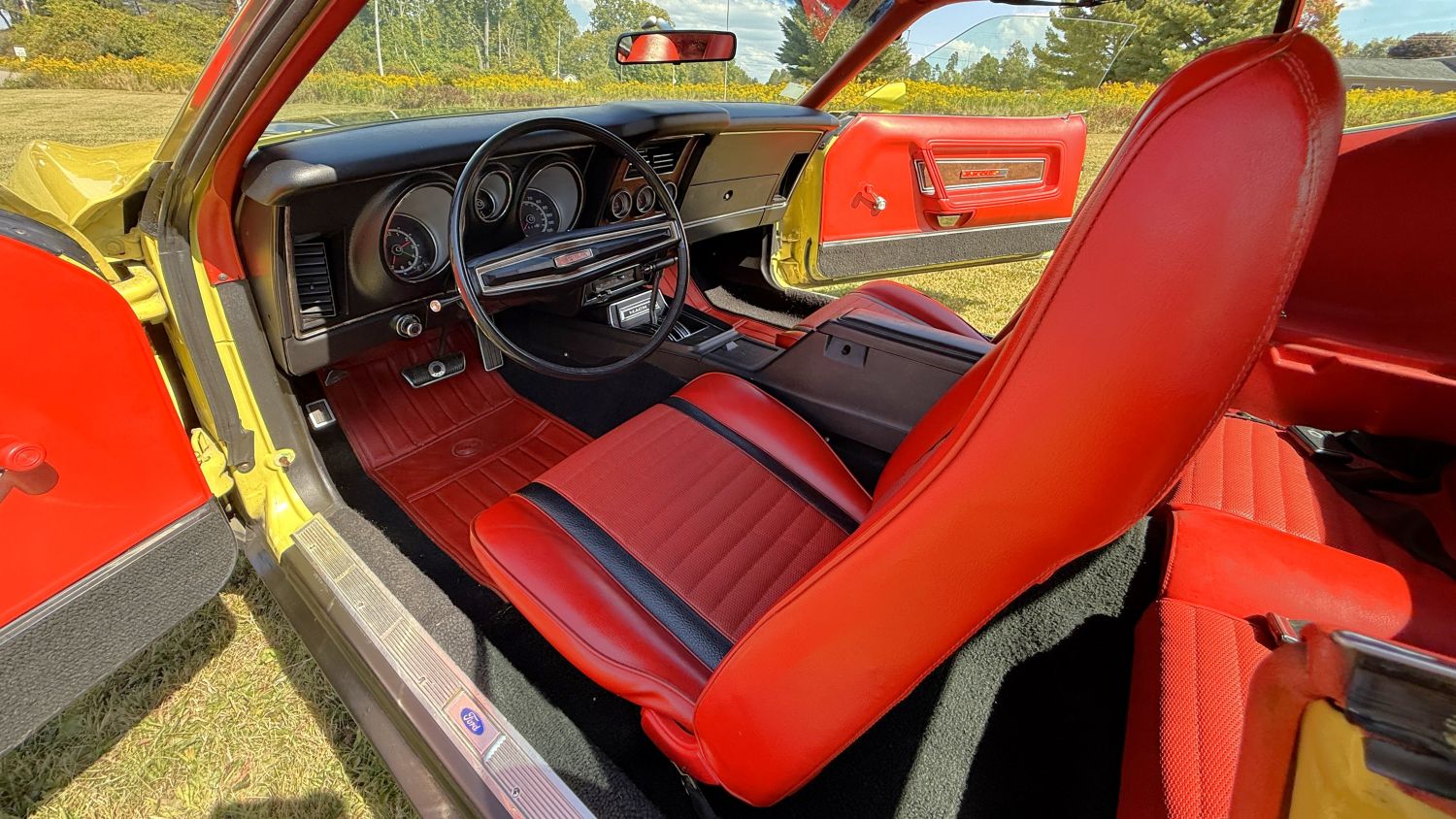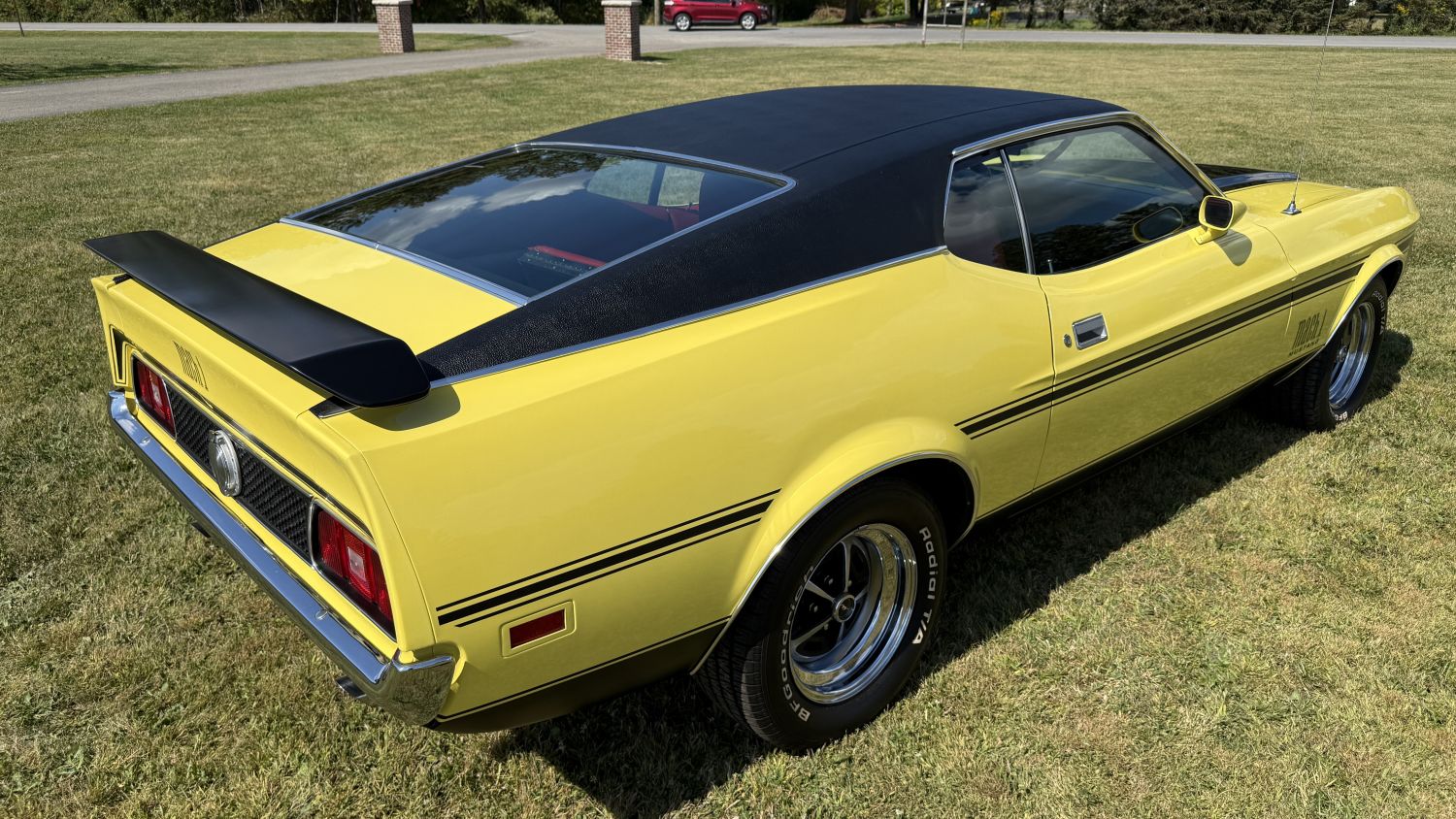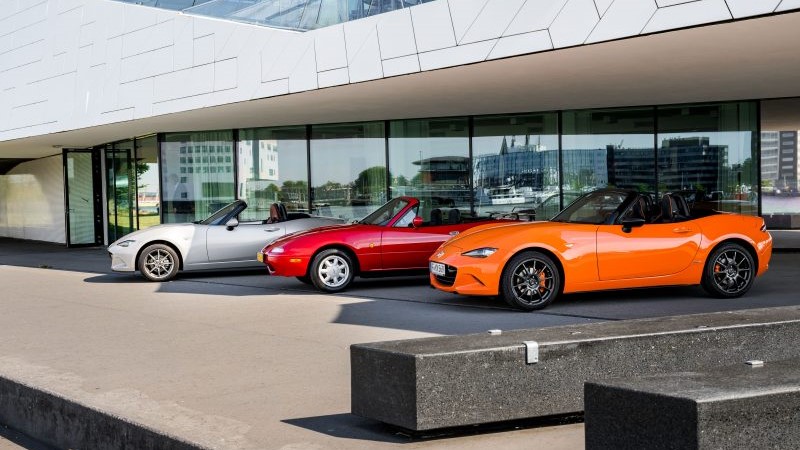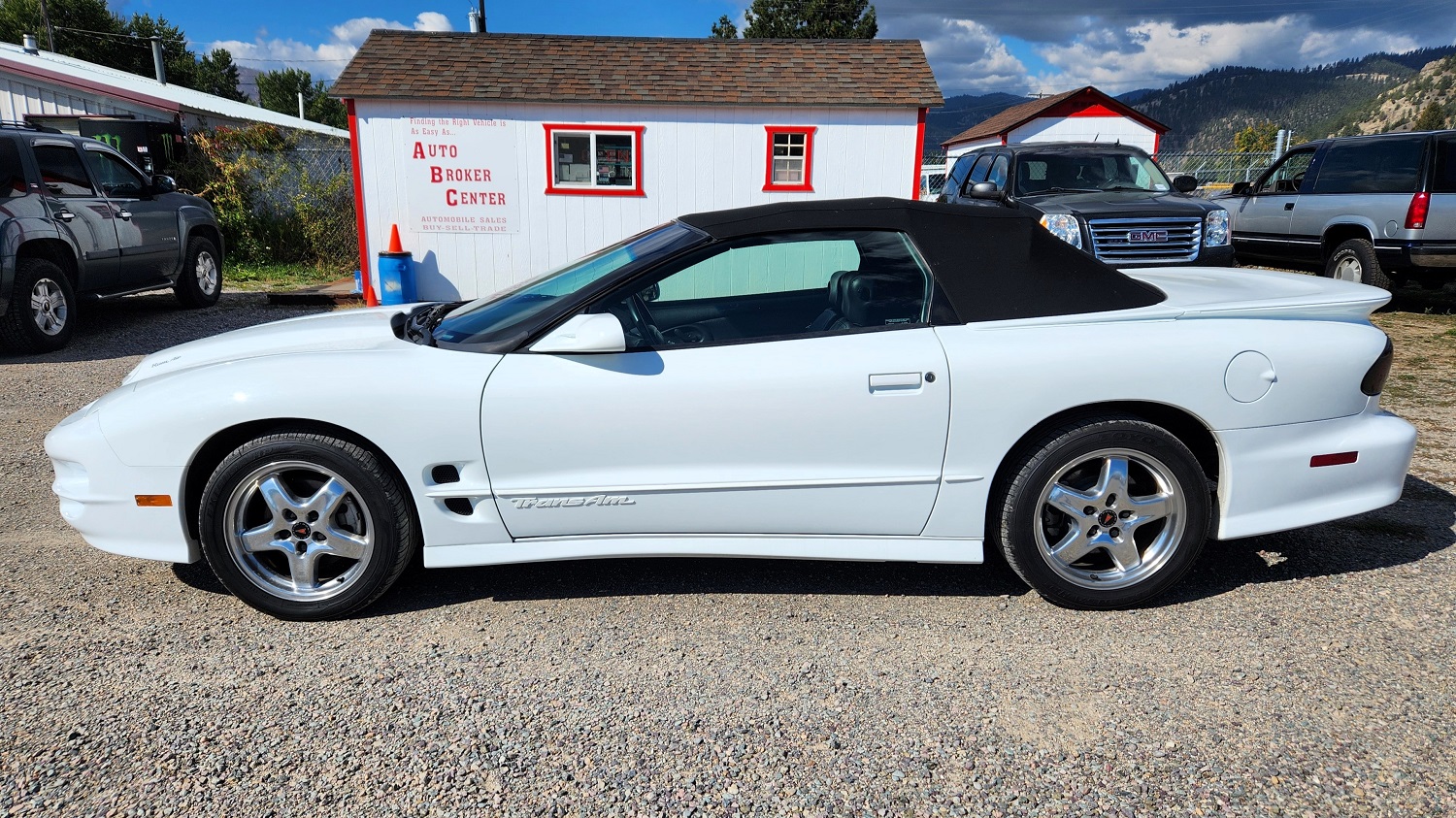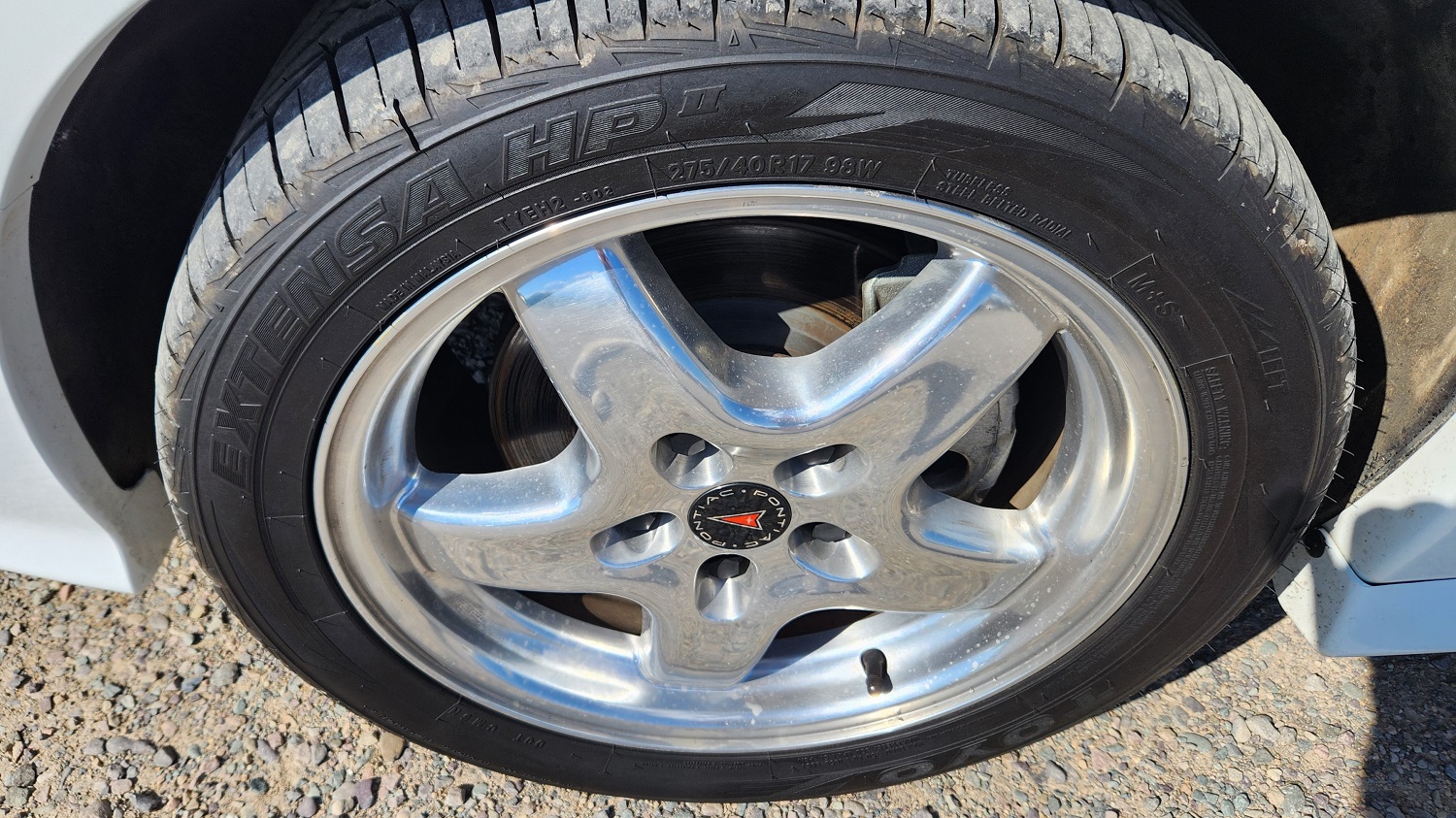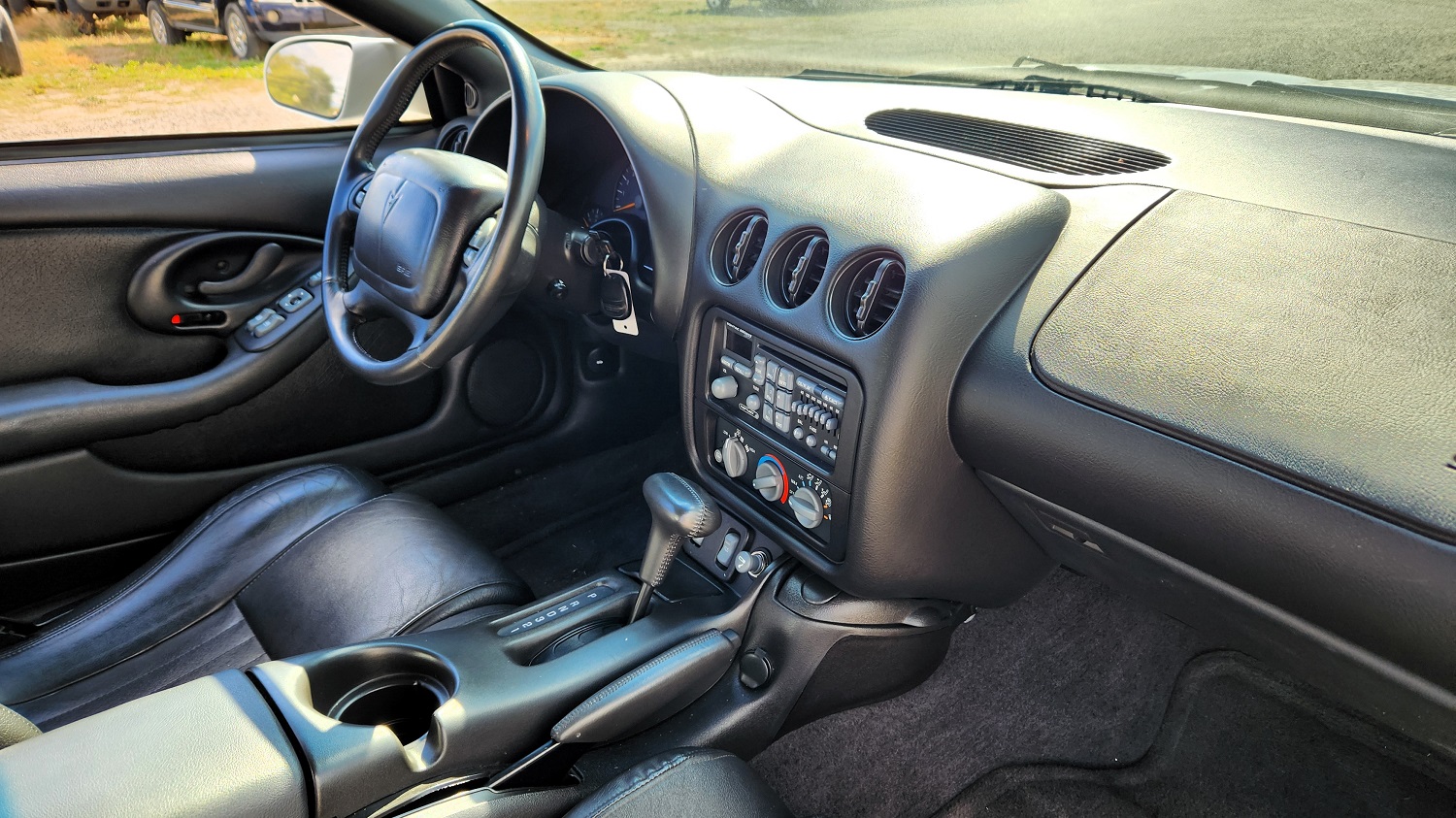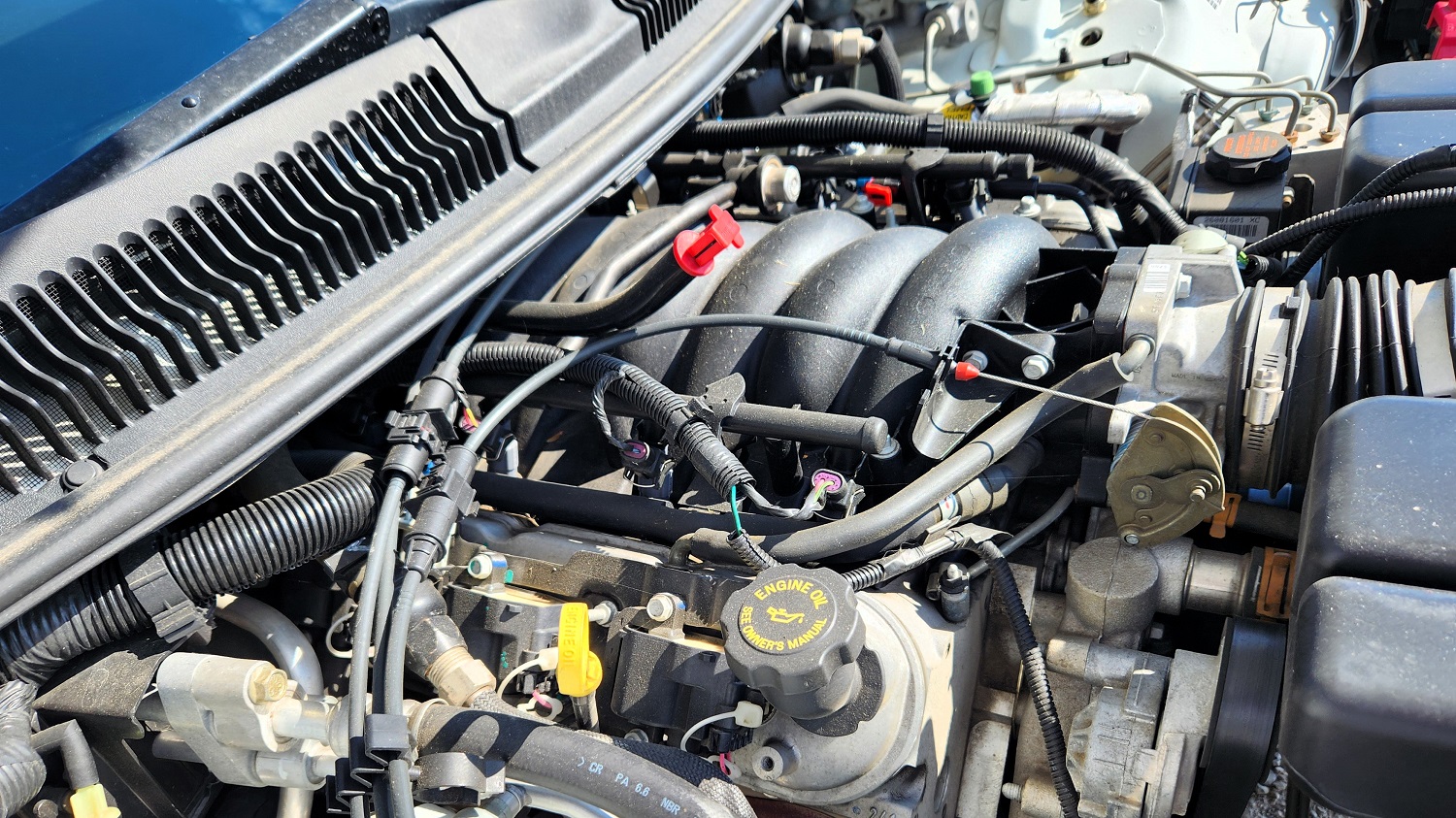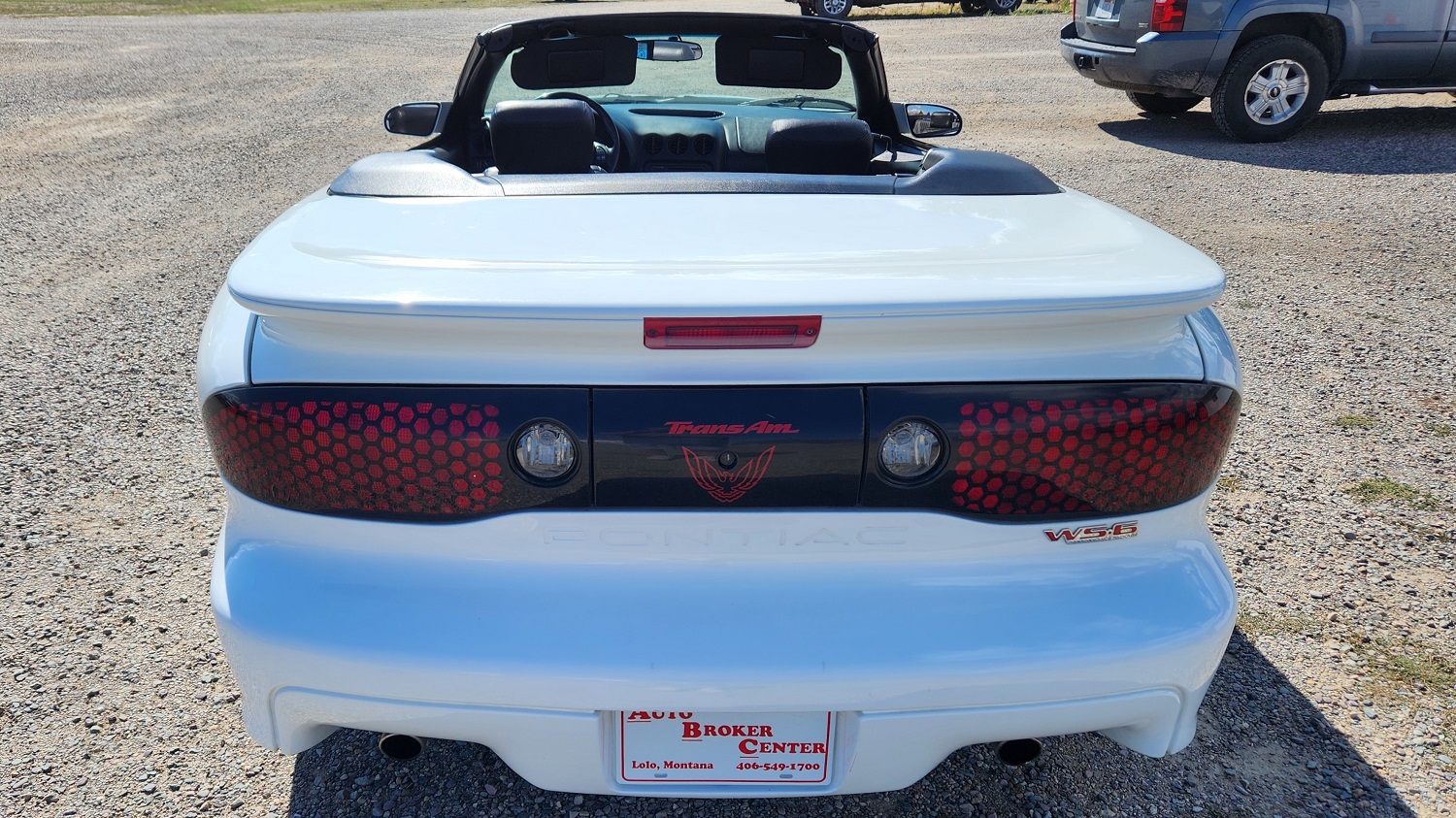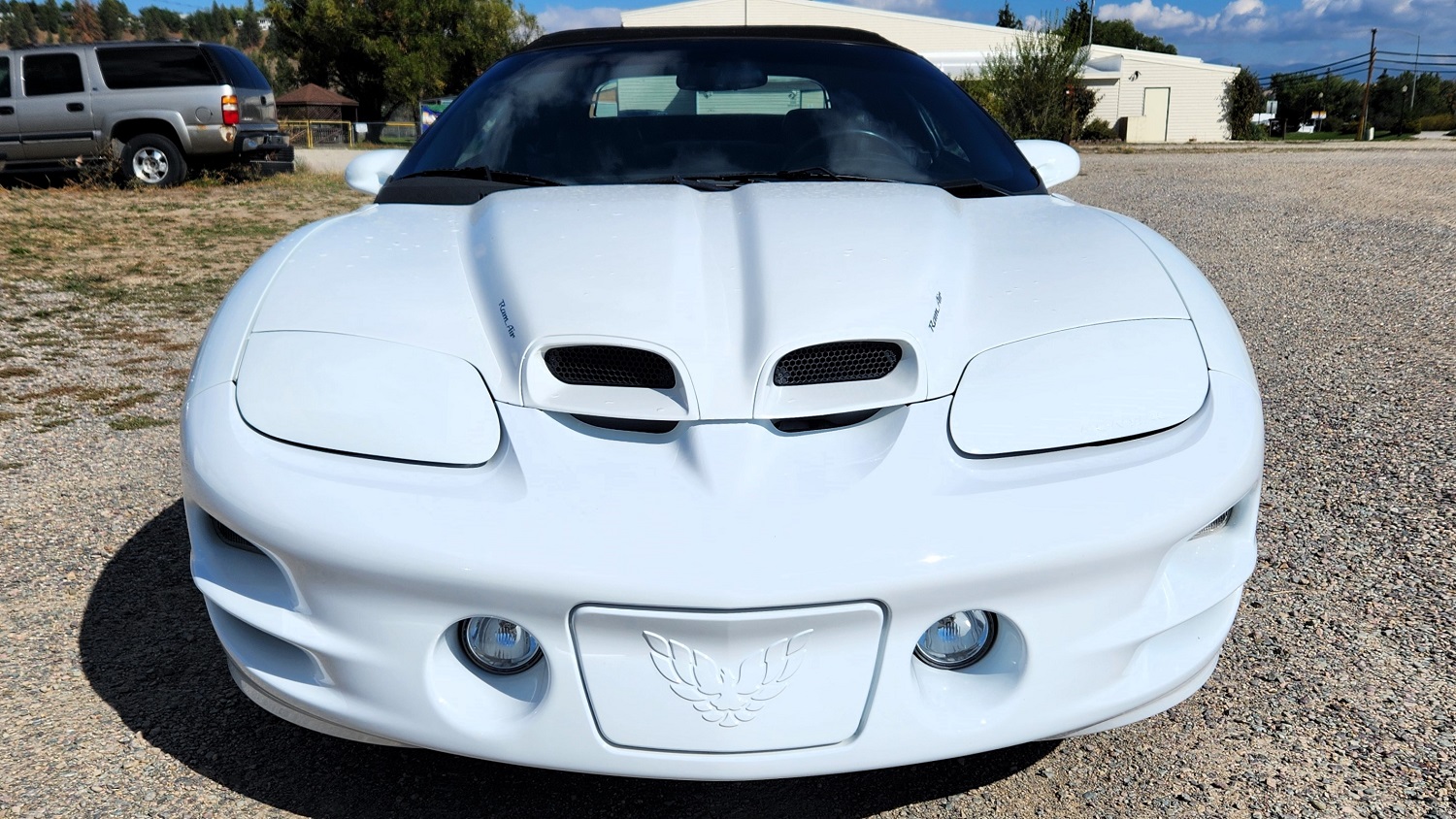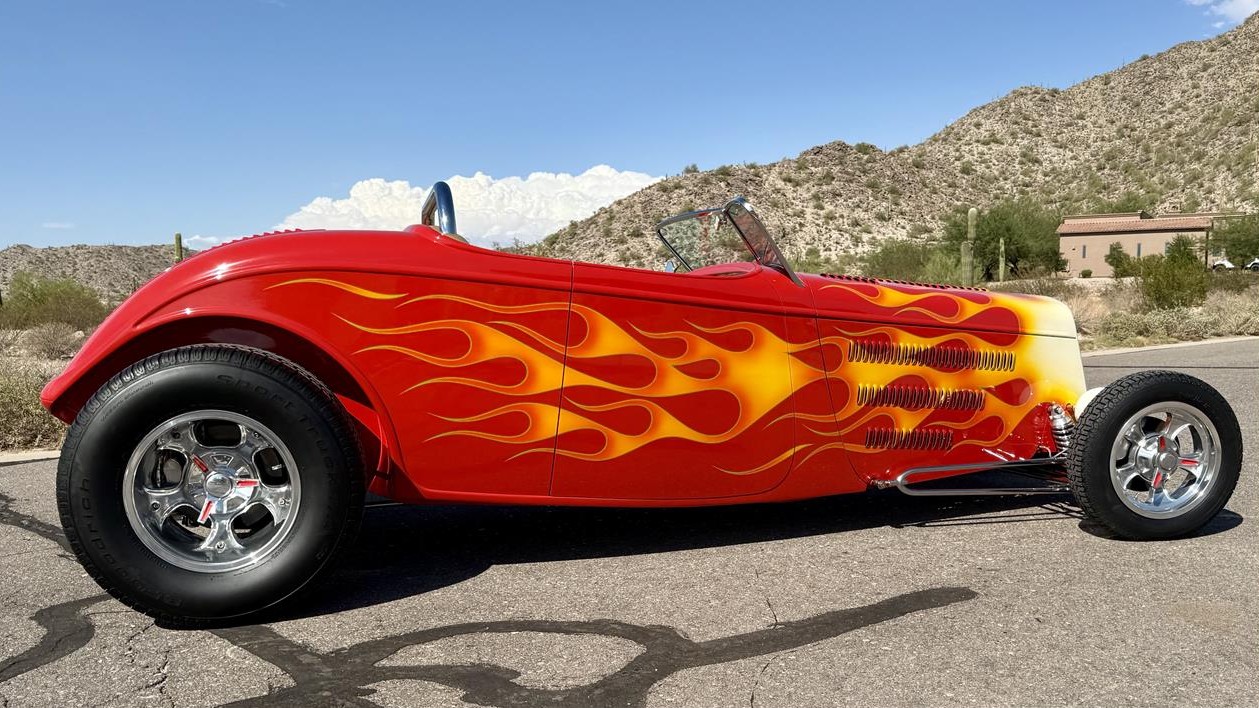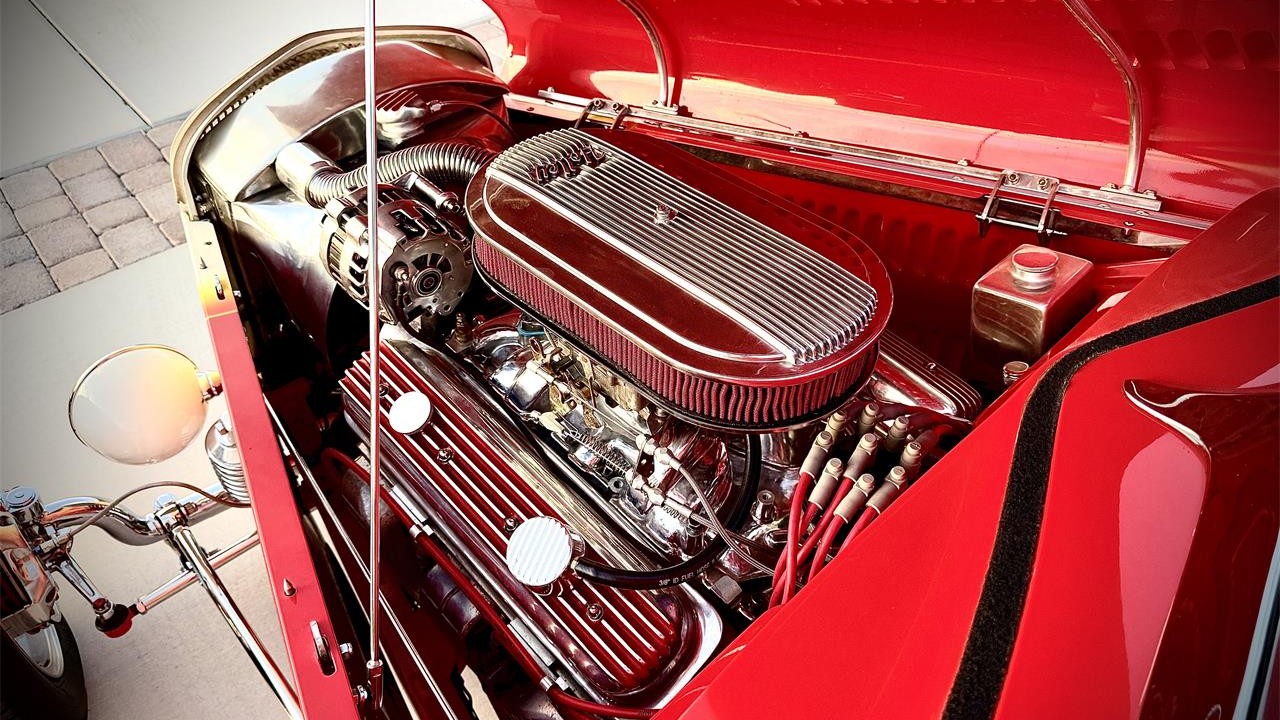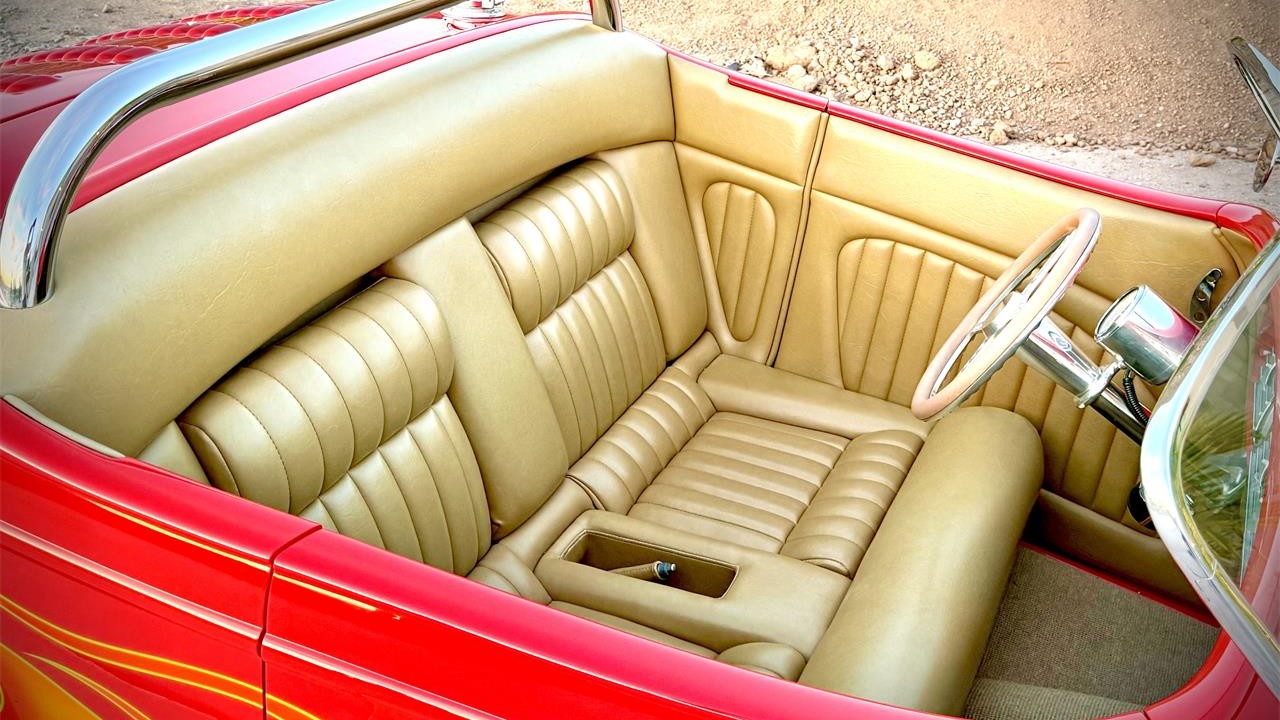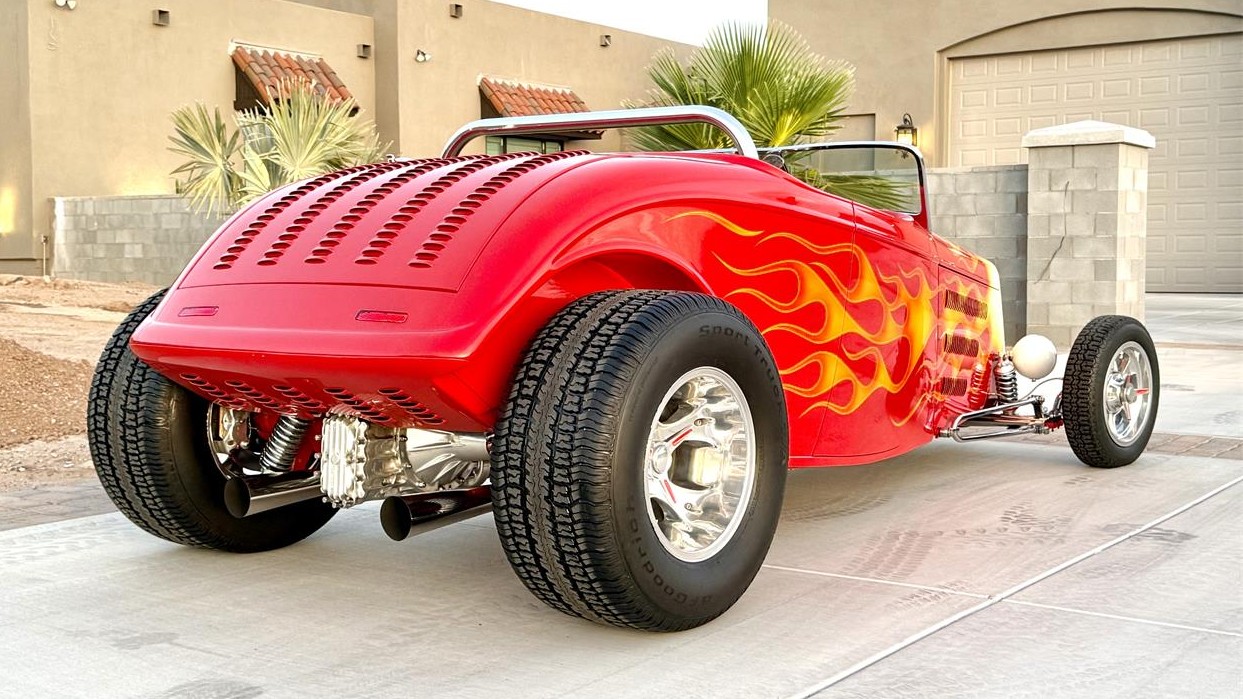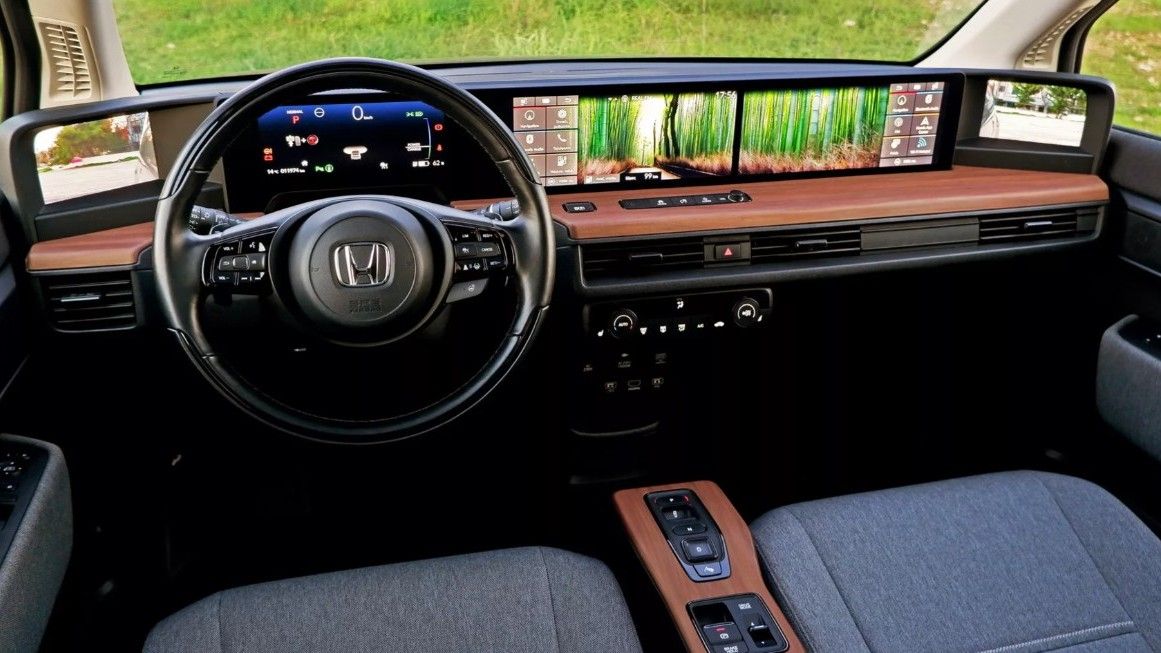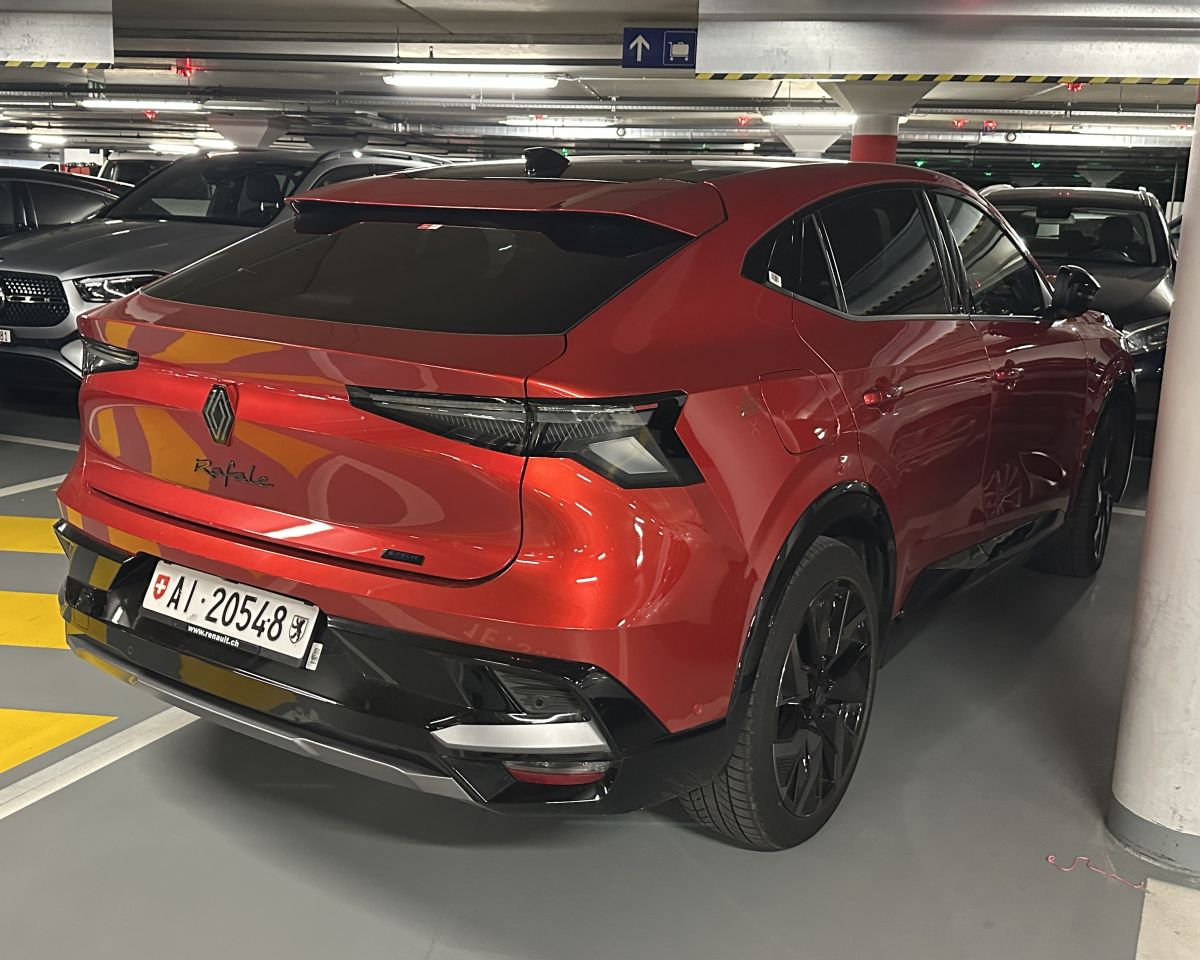This custom Ford was built around 2010 at a claimed cost of nearly $180k. Mounted on a Roadster Shop frame, the body features a hand-fabricated pickup bed, doors, and a fiberglass hood with two-tone House of Kolor paintwork. It is powered by a 302ci V8 topped by an Inglese eight-stack fuel-injection system, and the engine is linked C4 automatic and a body-color Ford rear end. It rides on custom-built staggered chrome wire wheels and has an AccuAir suspension system and four-wheel disc brakes, and the custom interior has tan leather upholstery, wood trim, a Lokar shifter and pedals, Vintage Air climate control, a JVC stereo, and a removable soft top. This custom street rod is now offered on dealer consignment with a build board and a clean Kansas title listing the car as a 1933 Ford Roadster.

The car is based on a Roadster Shop chassis, and the full-fendered body has hand-made doors and a pickup bed along with a custom fiberglass hood and a ’32 grille. The black soft top is removable, and the two-tone paintwork is House of Kolor with a Kandy finish and custom flourishes. The dual exhaust exits are integrated into the running boards, and gold-leaf accents adorn the paintwork.

The pickup rides on an adjustable AccuAir suspension with a Mustang II-style front end with tubular control arms and a triangulated four-link rear end, and it has Wilwood disc brakes. The wire wheels were custom made, measuring 18″ up front and 20″ out back.

The custom interior has tan leather upholstery, wood trim, a Lokar shifter and pedals, Vintage Air climate control, a JVC stereo, and a Horntones controller.

The billet wheel is mounted on a tilt column. 2,400 miles are indicated on the vintage-look digital gauges.

The 302ci V8 is topped by an Inglese eight-stack fuel-injection system, and the tubular headers are linked to a dual exhaust system with MagnaFlow mufflers. A cut-down aluminum radiator was also used along with an electric fan and chrome accessories.

The C4 automatic transmission is linked to a body-color Ford rear end. The underside of the running boards has been coated.

A show board lists details of the build.

The pickup is titled as a 1933 Ford Roadster using assigned VIN KS133536.








